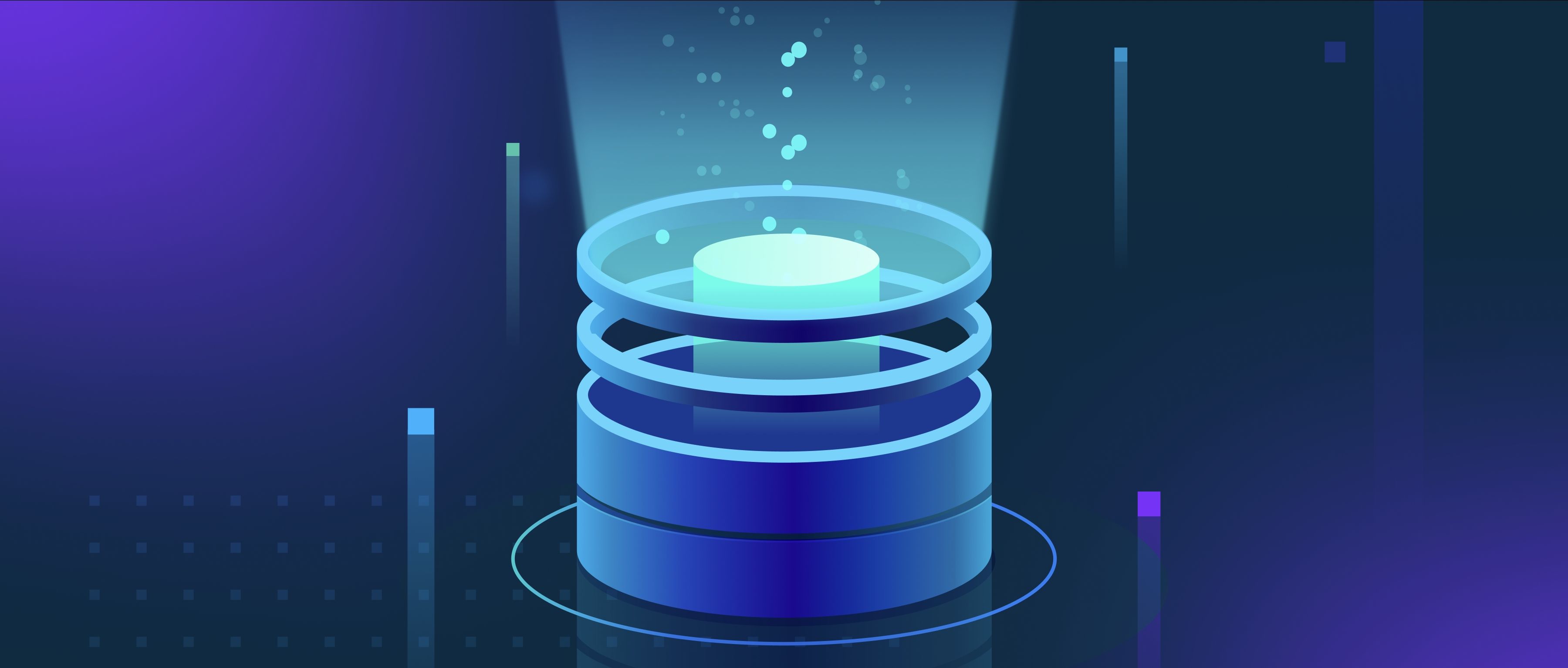AI computer vision and image processing are related fields but differ in their goals and approaches. Image processing focuses on basic operations that manipulate or enhance images, such as noise reduction, color correction, resizing, and edge detection. These tasks typically involve applying mathematical or algorithmic techniques to improve the quality or extract features from the image. Image processing is largely deterministic and doesn’t necessarily require learning from data. On the other hand, AI computer vision is a more advanced area where machine learning algorithms, particularly deep learning models, are used to interpret and understand the contents of an image. Computer vision involves higher-level tasks like object detection, image classification, and segmentation, aiming to make sense of visual input and extract useful information. AI-powered computer vision systems are capable of adapting to different conditions and improving over time by learning from large datasets, unlike traditional image processing, which follows fixed rules. For example, AI computer vision can identify objects or faces in an image, while image processing might only focus on enhancing the image's quality before passing it on to a more complex system for recognition.
What is AI computer vision vs. image processing?

- Optimizing Your RAG Applications: Strategies and Methods
- Getting Started with Milvus
- The Definitive Guide to Building RAG Apps with LlamaIndex
- Embedding 101
- Exploring Vector Database Use Cases
- All learn series →
Recommended AI Learn Series
VectorDB for GenAI Apps
Zilliz Cloud is a managed vector database perfect for building GenAI applications.
Try Zilliz Cloud for FreeKeep Reading
How to understand driver behavior using machine learning?
Understanding driver behavior using machine learning involves analyzing data gathered from various sources, such as sens
How do Vision-Language Models enhance user interactions in e-commerce platforms?
Vision-Language Models (VLMs) enhance user interactions in e-commerce platforms by enabling more intuitive and engaging
How does AutoML compare to manual model development?
AutoML, or Automated Machine Learning, significantly differs from traditional manual model development in terms of effic